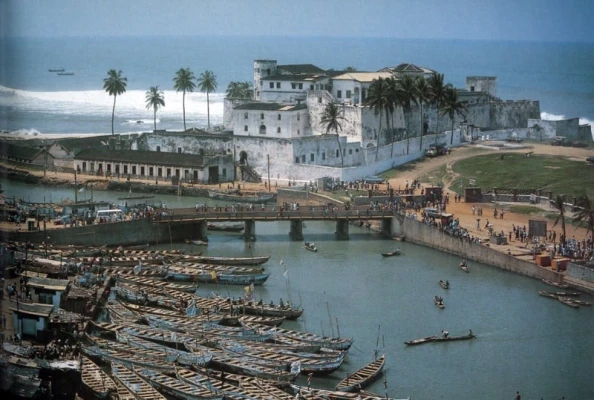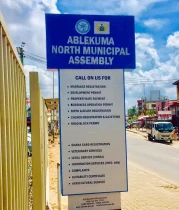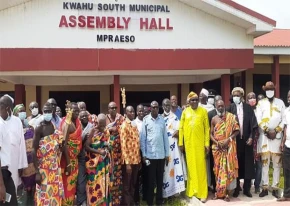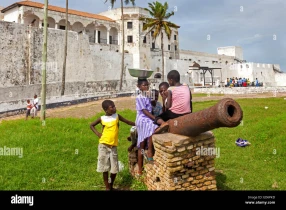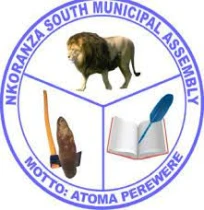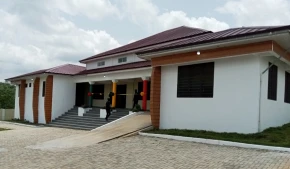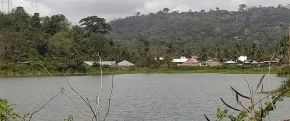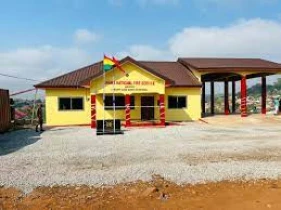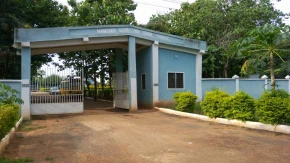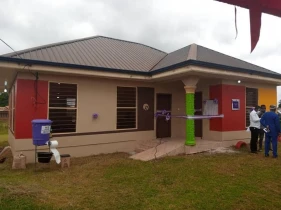Stories and facts
The Central Region is a dynamic hub, both economically and culturally. Renowned for its elite high schools, the region boasts a robust education sector, with institutions such as the University of Cape Coast and Cape Coast Technical University. The economy thrives on services, mining, and fishing, supported by an abundance of industrial minerals.
Tourism plays a significant role, with iconic landmarks like Cape Coast Castle and Elmina Castle recognized as UNESCO World Heritage Sites. These castles serve as poignant reminders of the Trans-Atlantic slave trade. The region's coastline is adorned with picturesque beaches, offering a perfect blend of history and natural beauty. Notably, U.S. President Barack Obama made his first international trip to Cape Coast in 2009, emphasizing its global significance. The Kakum National Park, a forest reserve, is a major tourist attraction.
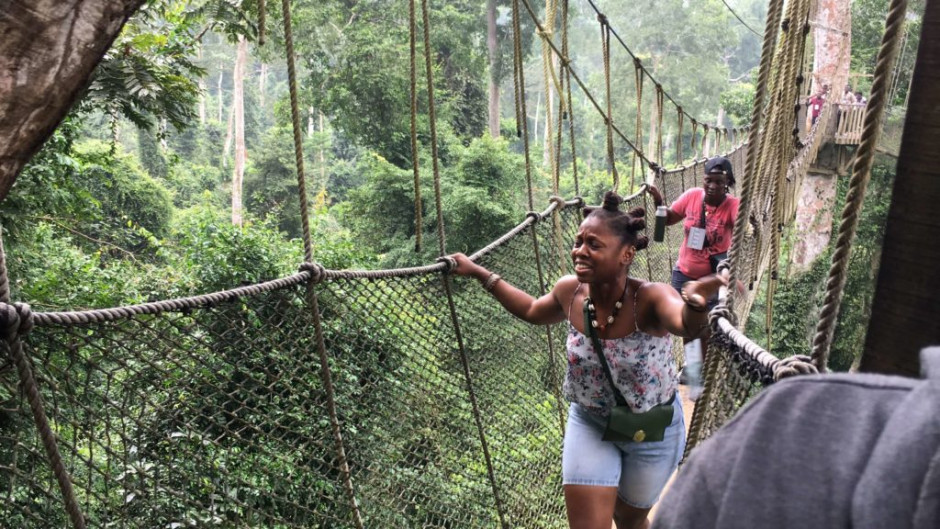
The Elmina Castle, erected by the Portuguese in 1482, stands as the oldest European building below the Sahara. Initially a trade settlement, it later became a pivotal stop in the Atlantic slave trade. Today, it stands as a historical site and a UNESCO World Heritage Site, captivating visitors with its rich history. The Central Region's cultural significance extends beyond castles, with annual festivals such as Aboakyer, Fetu Afahye, and Bakatue adding to its vibrant tapestry.
The educational landscape in the Central Region is impressive, housing public universities like the University of Cape Coast and the University of Education, Winneba. Private institutions such as KAAF University College and Marysons College contribute to the region's reputation as an educational hub. However, it's essential to note that the education section reads like a directory, and improvements are needed to align with Wikipedia standards.
The political administration follows the local government system, dividing the region into 22 Metropolitan, Municipal, and District Assemblies. Notable districts include Cape Coast Metropolitan, Agona East, and Assin Central Municipal, each led by a Chief Executive representing the central government.
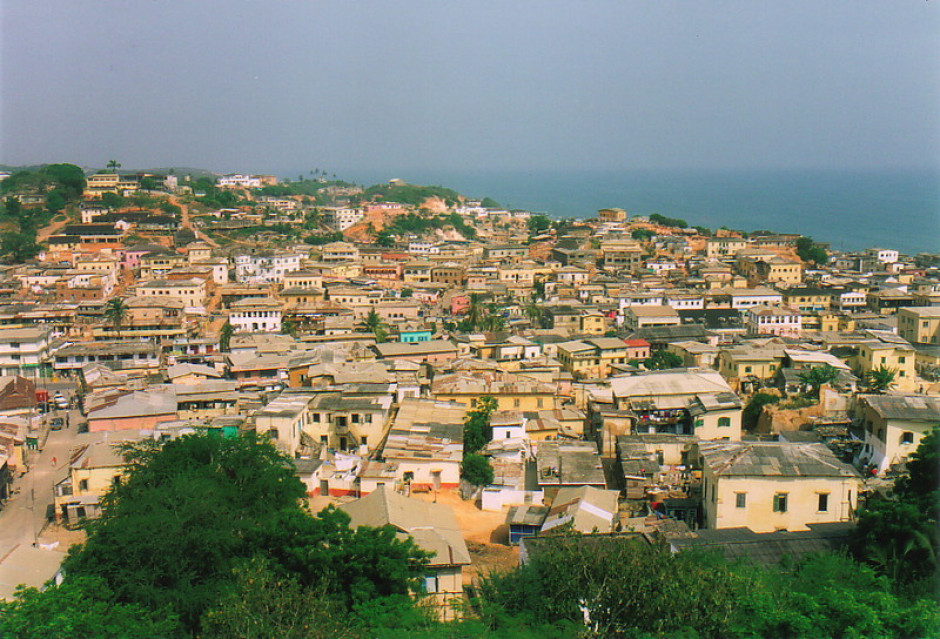
Covering 9,826 square kilometers, the Central Region comprises 22 administrative districts, with Cape Coast as its capital. Predominantly inhabited by the Akan people, particularly the Fantes, the region's estimated population in 2020 was 2,605,490. The region's demographic makeup includes a rural population of 63%.
Known for its diverse culinary choices, the Central Region offers a gastronomic journey with dishes like Etsew and Fantefante. Seafood, including African threadfish and blackjack fish, is a staple in the region.
The region experiences two main rainy seasons, supporting a varied landscape of dry coastal savannah and tropical rainforest.
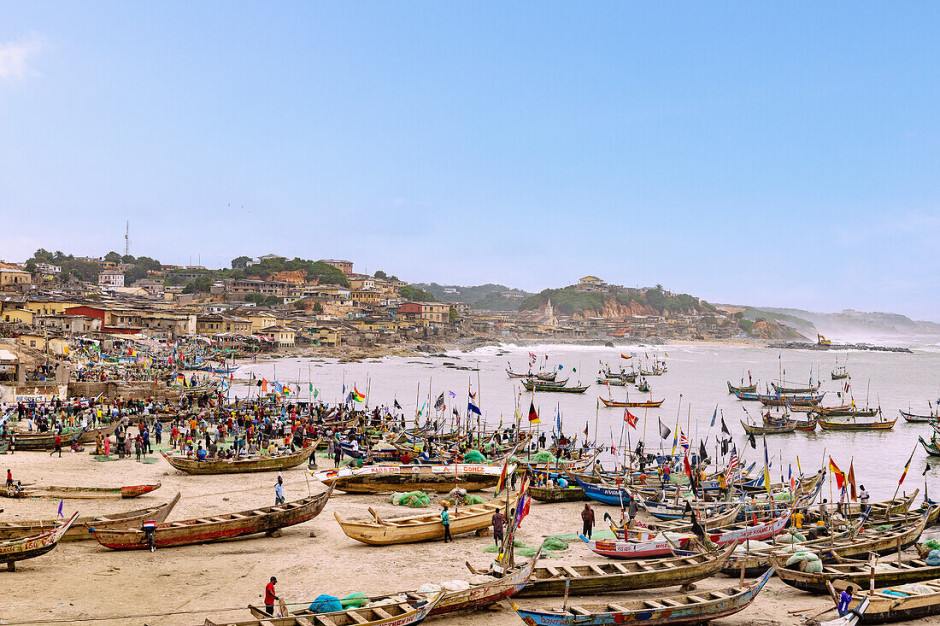
The Central Region boasts a list of influential personalities, including Nana Ato Arthur, Yvonne Nelson, and John Evans Atta Mills, adding to the region's cultural and historical significance.
Ghana's Central Region is a captivating blend of history, education, and natural wonders. From its historic castles to vibrant festivals and renowned educational institutions, the region offers a rich experience for visitors and residents alike. As we explore its diverse districts and celebrate its notable citizens, the Central Region stands as a testament to Ghana's cultural and geographical richness.

